
2019 was an absolutely incredible year in tech, entertainment, video games and so much more. At MobileSyrup, we have the opportunity to step back, reflect and write about some of our favourite things from the past year. With such a full and incredible year, it’s hard to pick just a few things as favourites.
That said, I’ll certainly try my hardest to do so. Below you’ll find my favourite things from 2019.
Return of the Razr
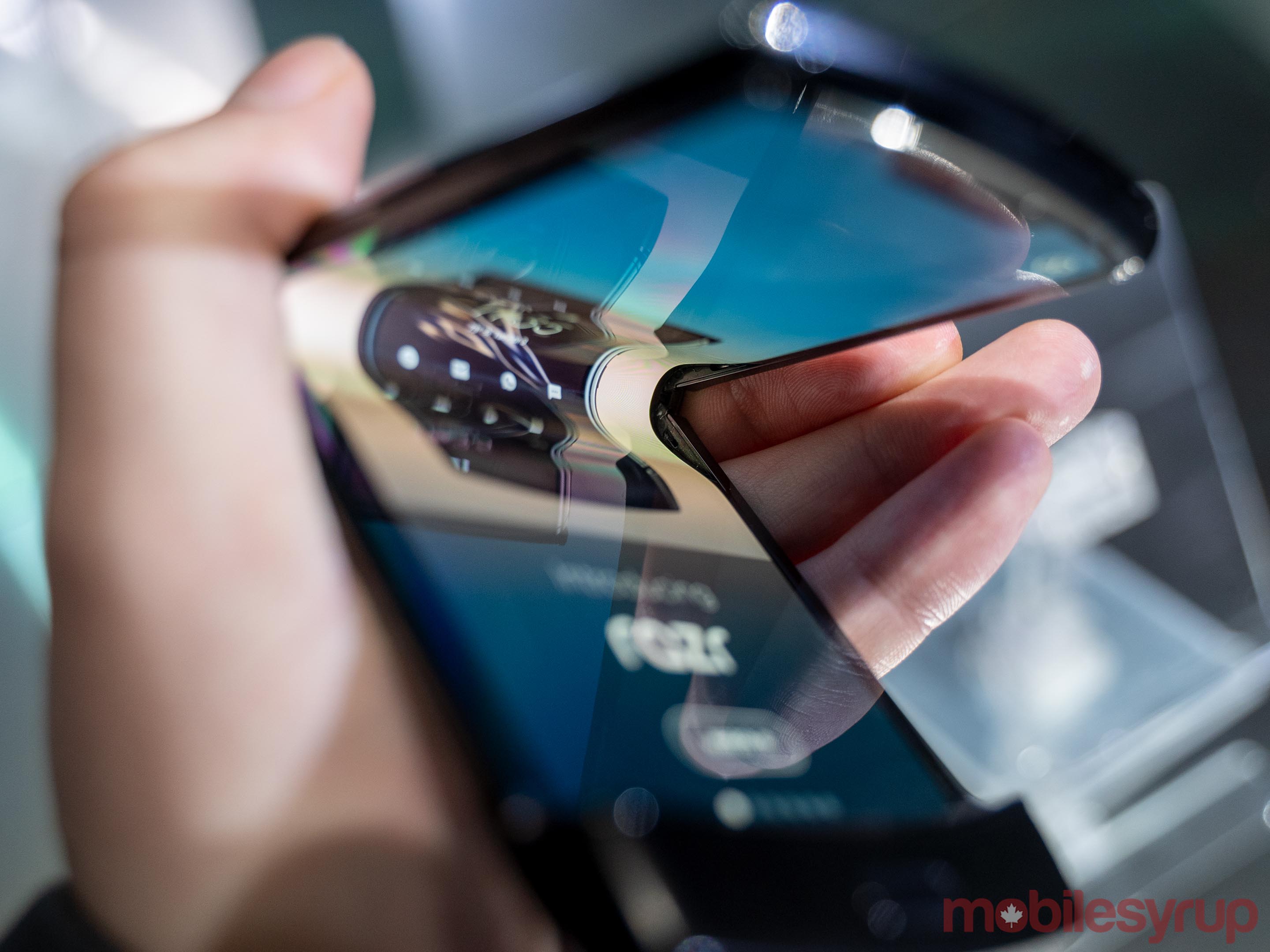
I had the opportunity to go to Los Angeles this year for the unveiling of Motorola’s new Razr foldable smartphone. It was a memorable trip for several reasons, but namely, it was for the phone itself.
Folding smartphones have been a dominant topic in tech for some time now. From leaked patents to rumours, it felt like I wrote about some kind of foldable news almost every day. 2019 was the year of the foldable with the launch of the Samsung Galaxy Fold, unveiling of the Huawei Mate X and other devices. While those ones were certainly impressive, Motorola’s play at foldables felt like something consumers could actually use.
The Razr, while not yet available in Canada, is on its way (with Telus letting customers sign up for pre-order notifications now). It’s positioned to cost significantly less than the Galaxy Fold when it arrives, although official pricing hasn’t been announced.
Unfortunately, Motorola has delayed the Razr, so it likely won’t be available anywhere until next year. However, the company claims the delay is due to high demand — if true, it’s a testament to the Razr’s appeal.
In my brief time with the Razr in LA, it felt more practical than the Fold. The clamshell design evoked nostalgia for the old Razr flip phones while also maintaining the form factor of current smartphones when unfolded. When folded up, the Razr offers a small display to see incoming notifications or take selfies.
Getting to go hands-on with the Razr and try out the device before it comes to Canada was definitely one of my highlights of 2019.
Samsung Galaxy S10e
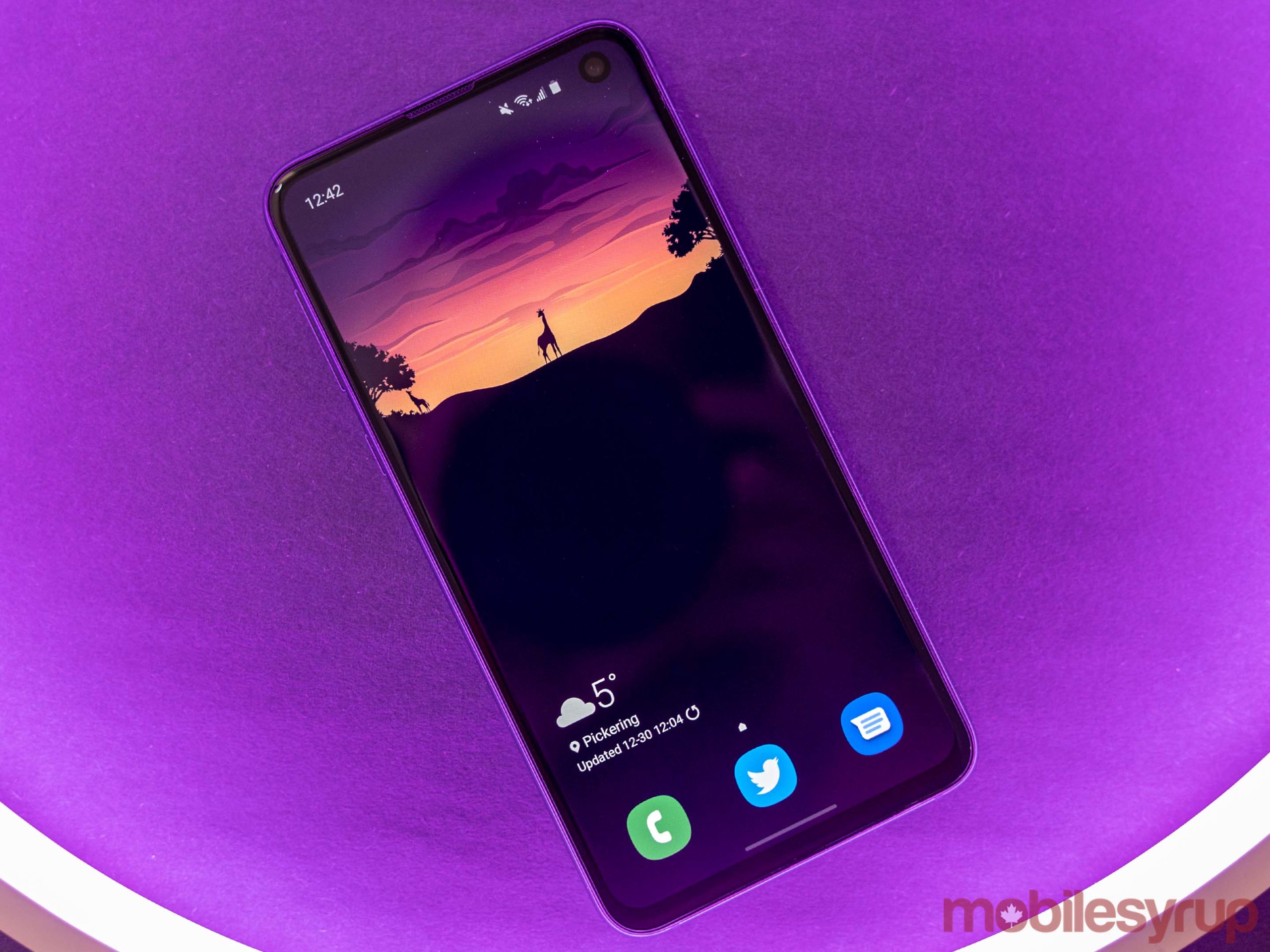
Samsung releases a lot of phones every year, but 2019’s S10e was one of my favourites. I talked about it on a recent SyrupCast about our favourite phones of the year, but I really have to say it’s a great phone.
Ultimately, I like what Samsung, Apple and other manufacturers are doing with the different flagship phone tiers. Devices like the S10e and the iPhone 11 offer the same high-end experience expected from a flagship but without some of the fancy bells and whistles that make flagships so pricey. With the increasing cost of phones, having an option that offers a similar experience without the high cost is a major plus.
The S10e does this exceptionally well, sporting almost identical internals and comparable camera experience to the Galaxy S10 and S10+. Where it really lacks is in ‘bonus’ features like a curved display — I’m not a fan of these anyway, so I’m happy the S10e doesn’t have one — and an in-display fingerprint scanner.
None of these are deal-breaker omissions, which makes the S10e an easy choice for someone who wants the best on offer but doesn’t want to break the bank.
Those interested can read a full review of the S10e here.
Lenovo ThinkBook 13s
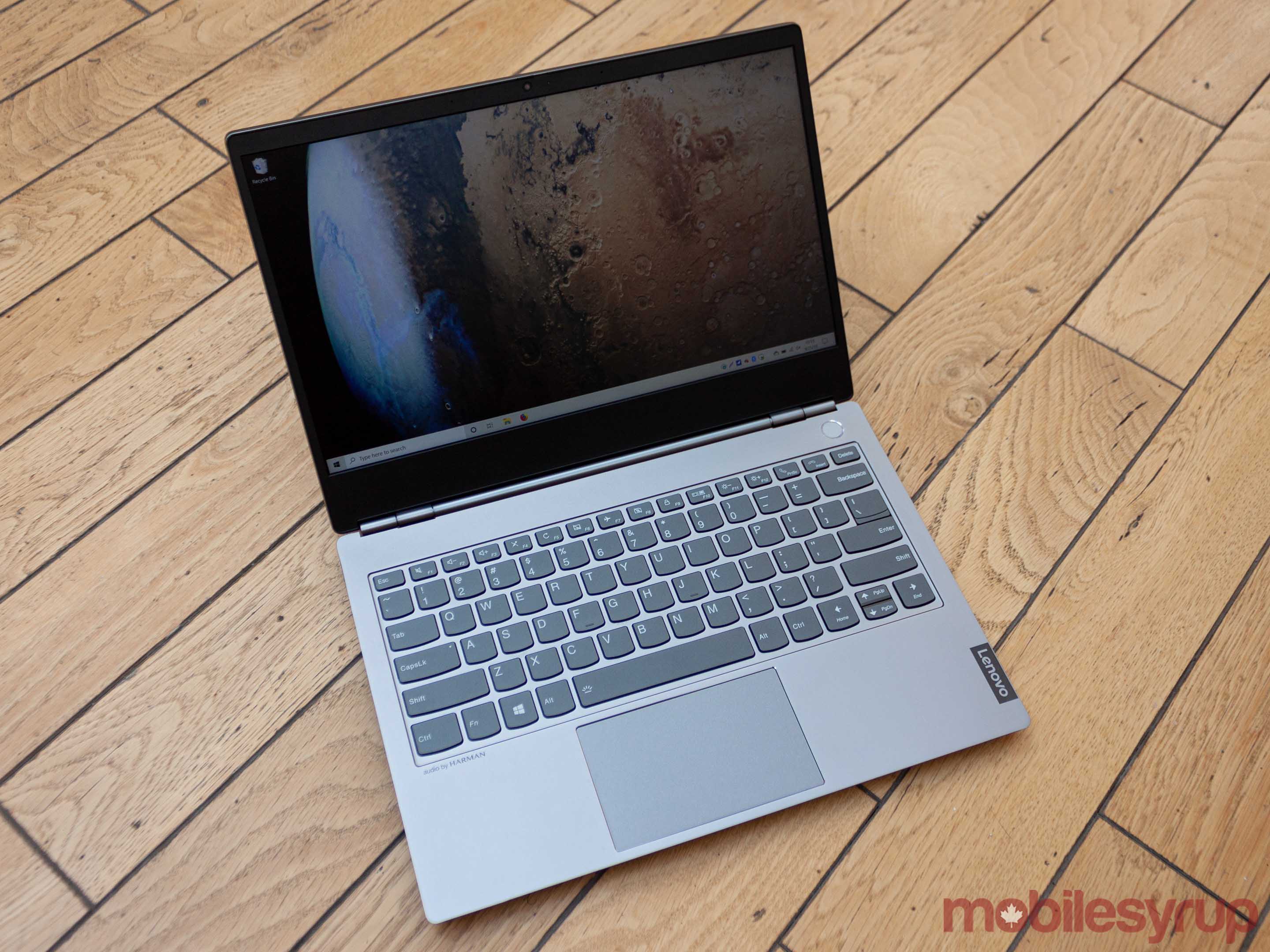
I also get the opportunity to review several laptops throughout the year, and this year, Lenovo surprised me with one of the best Windows laptops of 2019.
When I first received a ThinkBook 13s review unit from Lenovo, I didn’t think much of the unassuming business-facing laptop. However, it boasted better performance than most other Windows machines I’ve used this year in a lightweight, compact body with a stylish, MacBook-esque design.
The ThinkBook 13s continuously surprised, with its solid battery life and impressive thermal handling — in my time with it, it hardly heated up. It even had one of the fastest fingerprint scanners I’ve seen on a computer.
All that said, the laptop wasn’t perfect. It lacked some convenient features, like Windows Hello facial recognition. It also sported a less-than-stellar trackpad, as most Windows laptops do. But it was still a surprisingly well-built machine and I can’t wait to see how Lenovo improves on it going into 2020.
You can read my full review of the ThinkBook 13s here.
Destiny 2 regained its stride
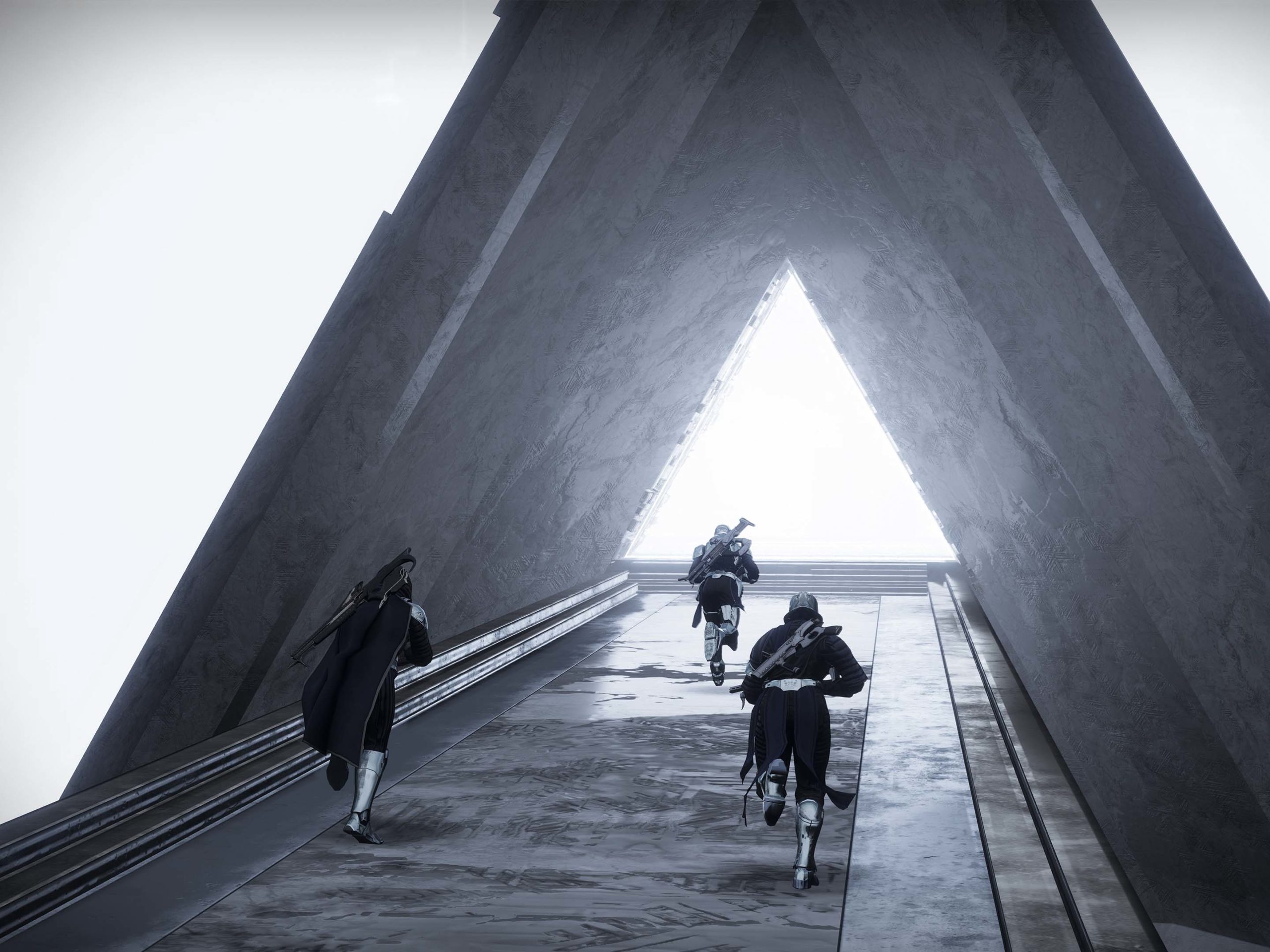
Gaming has been a hobby of mine ever since I was a kid and while I never really got into Halo, I liked what Bungie did with the series. When Destiny 2 launched on PC in 2017, I hesitantly picked the game up. I’d heard about some of what happened with the console-exclusive first game, but several friends were planning to play Destiny 2 on PC and assured me Bungie had turned things around and the next game would be great.
After a tumultuous launch and a disastrous first DLC drop, we all knew that wasn’t the case. As much as I enjoyed playing Destiny 2 — Bungie really nailed the feel of the game — I was among many who abandoned the title entirely.
Fast forward to 2019 — Bungie broke up with Activision, the game publisher behind gaming industry titans like the Call of Duty franchise. It marked a turning point for the developer, which was no longer bound by a strict contract. The company made several pro-consumer changes to the game, moved Destiny 2 to Steam and transitioned it to a free-to-play model.
The changes were enough to get me, and several other people, reinvested in Destiny 2. In many ways, Bungie fixed the biggest flaws with the game and made it something enjoyable to play again. It isn’t perfect, but I think Destiny 2 is in a much better place than what it was. It also became one of my most-played games of the year and new content drops have breathed fresh life into a nearly-dead game.
Ultimately, it was nice to see Bungie get out from under Activision and set things right for Destiny 2 players, and I’m excited to see where the company goes next with the franchise and other new games.
Image credit: Bungie
Apex Legends, the ‘just-right’ battle royale
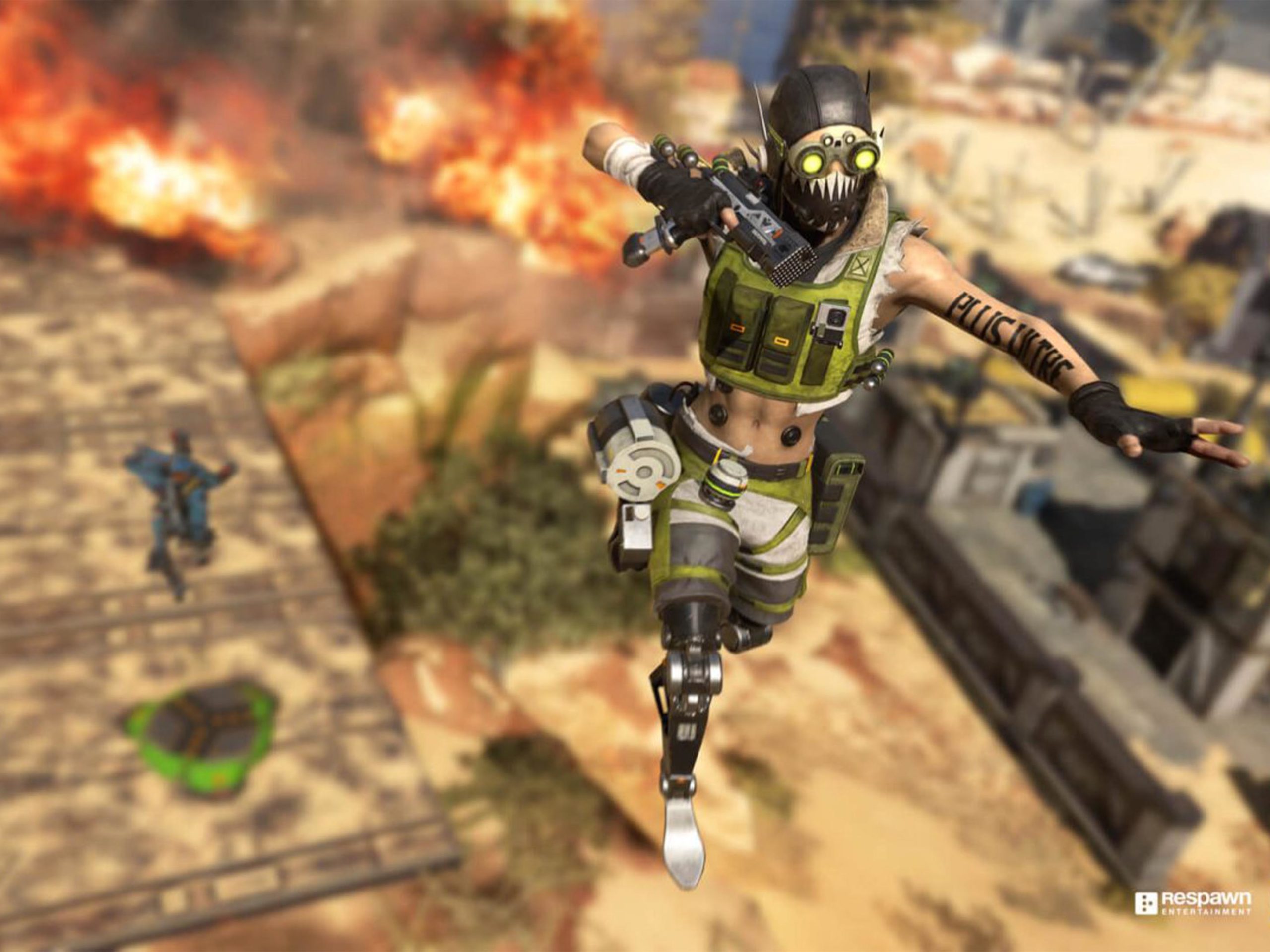
Battle royale games that pit players against each other in large, open maps have become increasingly popular, but one really stole the show in 2019. Apex Legends, a free-to-play battle royale set in the Titanfall universe and developed by Respawn Entertainment, came out of nowhere in February and quickly became a favourite.
It offered a nice balance between the silly but massively popular Fortnite and the realistic PlayerUnkown’s BattleGrounds, or PUBG. And when I say it came out of nowhere, it really did. Respawn surprised everyone with Apex, launching with virtually no announcement after working on it in secret.
While I haven’t played Apex much since Bungie fixed up Destiny 2, I did play it religiously after its launch. Apex launched in an incredibly polished state and I found it much more enjoyable than either PUBG or Fortnite.
If you haven’t tried out Apex Legends yet, now’s a good time to do it. It’s free, which makes the barrier to entry quite low, and the game is in the midst of its holiday bash with special game modes and other festivities ongoing.
All in all, 2019 was a solid year. These are just a few of my favourite things, and I can’t wait to see what 2020 brings.
Image credit: Respawn
MobileSyrup may earn a commission from purchases made via our links, which helps fund the journalism we provide free on our website. These links do not influence our editorial content. Support us here.


